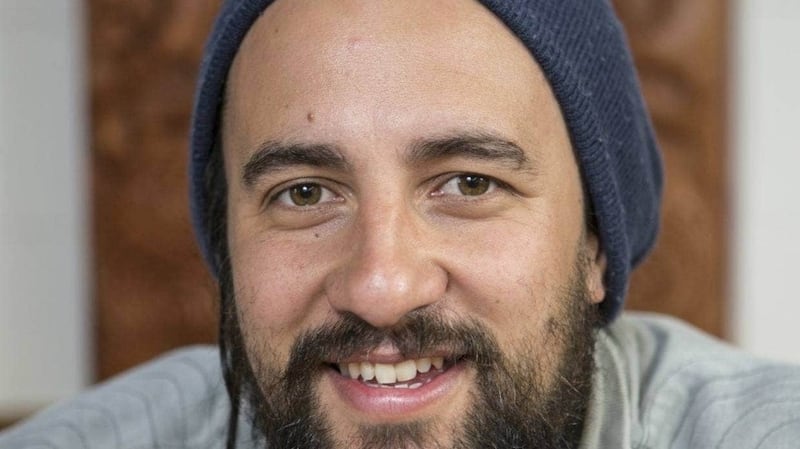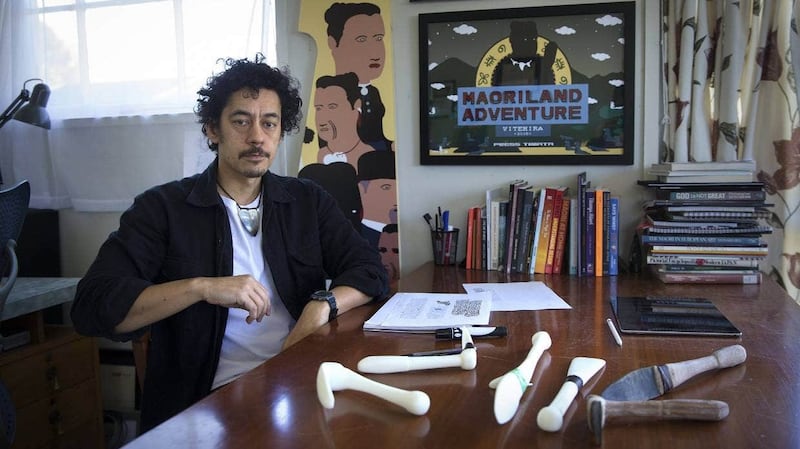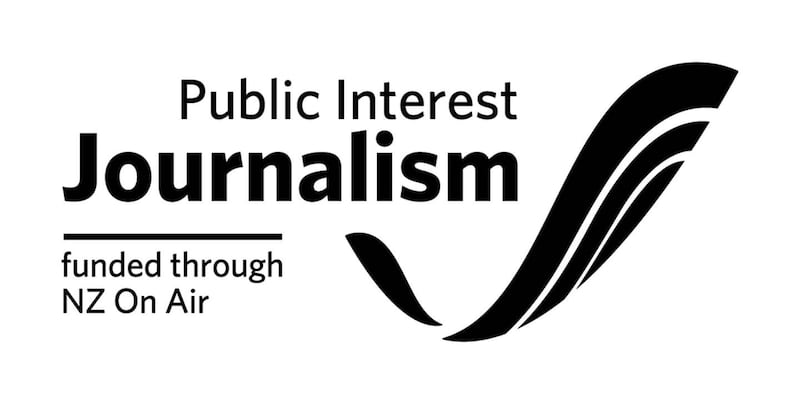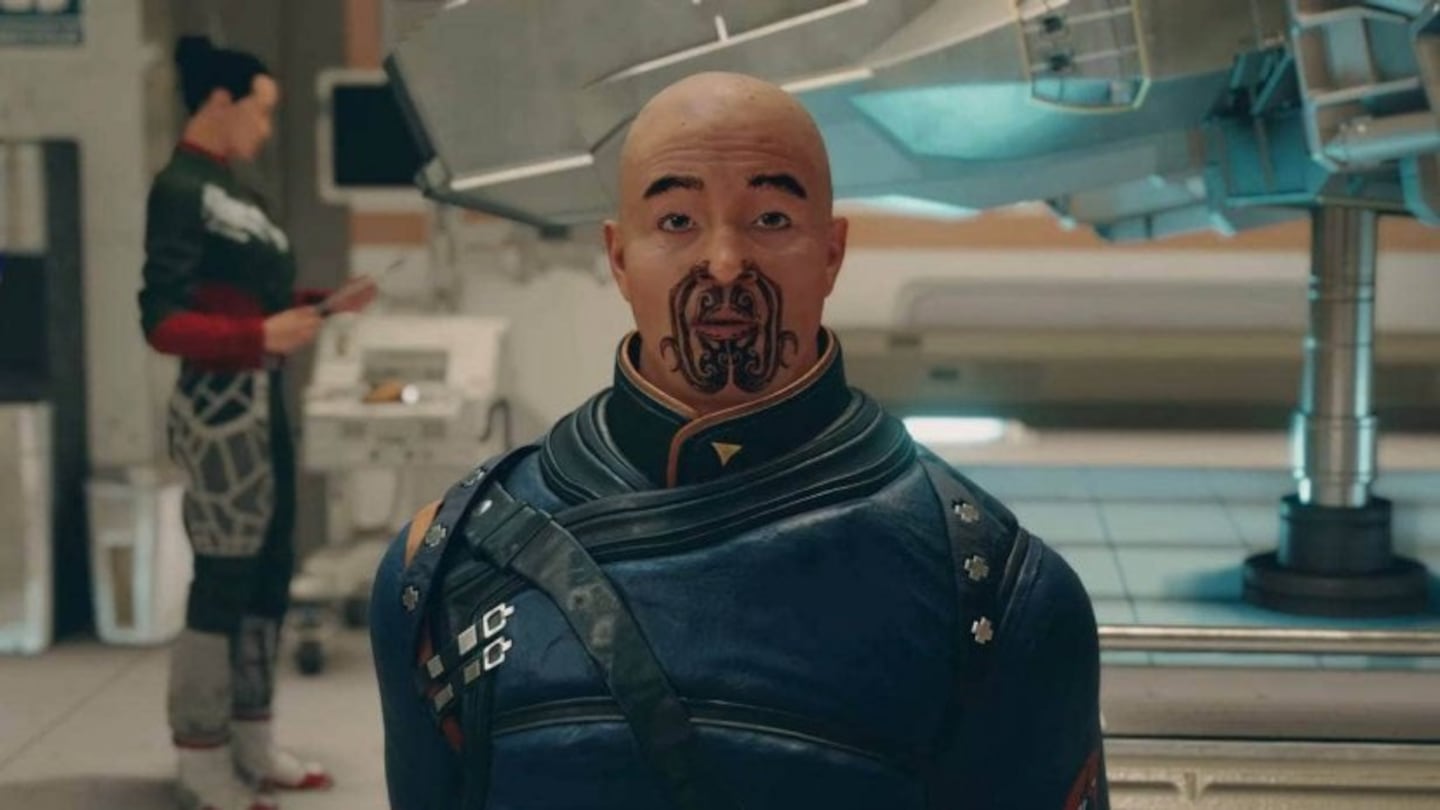A gameplay trailer for the video game Starfield revealed a character with a moko which has raised questions about whether it was done respectfully. Bethesda Game Studios / Supplied
By Ripu Bhatia, Stuff
The use of taonga Māori in an upcoming video game has some concerned that an appropriate and respectful consultation process may not have taken place.
A gameplay trailer released this month for Starfield by Bethesda Game Studios features a character with a facial moko or traditional Māori tattoo.
Hamuera Kahi (Ngāti Paoa, Tainui), the acting head of the University of Canterbury’s School of Māori and Indigenous Studies, said the benchmark for incorporating Māori design was to partner with Māori creatives.
"Tā moko convey ideas of tapu and mana, as they adorn whakapapa. For Māori, they shouldn’t be used to exoticise the aesthetic of a story.
“Working with Māori creatives ensures reciprocity, and correct use,” Kahi said.

Moko convey ideas of tapu and mana and shouldn’t be used to exoticise the aesthetic of a story, Canterbury University’s Hamuera Kahi says. Photo / Supplied
“The frequency of a Māori look finding its way into non-Māori games is a distraction for the more important mahi of Māori creatives telling our own stories."
Dr Johnson Witehira, a former board member of the New Zealand Game Developers Association and a digital Māori artist, had mixed views.
"On the one hand, some of our Māori community, rather than being caught up in questions around appropriateness, are just really happy to see our culture in video games. I get this perspective. It's about feeling included, feeling proud that something Māori is in there,” he said.
"On the other hand, some of our Māori community are concerned about how our culture is used in commercial spaces, especially by non-Māori. I get this too. Our culture has specific rules around how you do and don't do certain things. Even though these are often shifting, they should be respected."

Digital Māori artist Johnson Witehira said game companies working with Māori should ensure they front-foot the process. Murray Wilson / Stuff
Witehira said the big question was often over control.
"If others are using our taonga, such as toi Maori [Māori arts] and Maori patterns, how do we maintain control of these things? How do we ensure they're protected, and how is there some acknowledgement from those using our patterns that there has been an exchange? What comes back to us as Māori when we share our forms?"
He said from watching the gameplay video, it was apparent the character was also voiced by a Māori actor.
"I would assume that someone Māori or a Māori company may have been engaged on this project but we just don't know,” he said.
"Maybe an important thing for video game companies working with Māori is to ensure they front-foot the process, and that they put somewhere clearly, which Māori, if any, they have been working with."
It’s not the first time Māori images and characterisations have been used in video games. In 2020, the use of tā moko in Cyberpunk 2077 shocked one design consultant, who called it “appropriation”, and Māori broadcaster Oriini Kaipara, who labelled it “absolute ignorance”.
Māori intellectual property expert Dr Karaitiana Taiuru said to appropriately incorporate tā moko into a commercial product, a Māori artist would have to be consulted.
"Moko is very sacred to the individual who wears it and to their family and tribe. There is no excuse for such actions in today's information world,” he said.
"A simple search on the internet will find qualified people and advice to assist in this situation."
Stuff reached out to Bethesda Game Studios for comment but did not receive a response.


